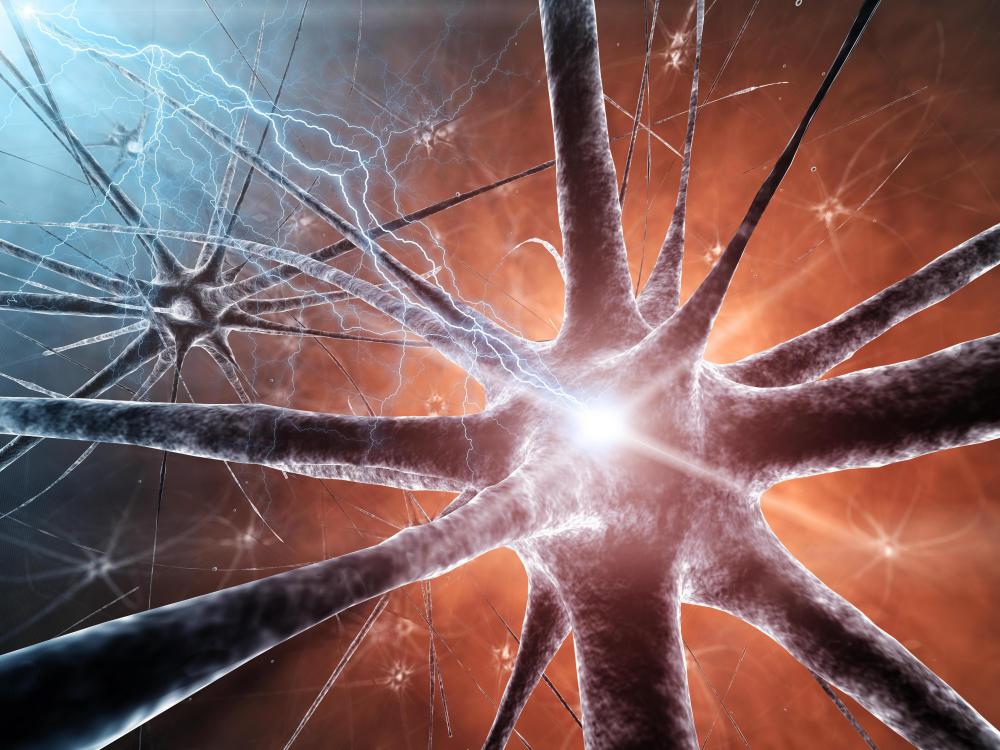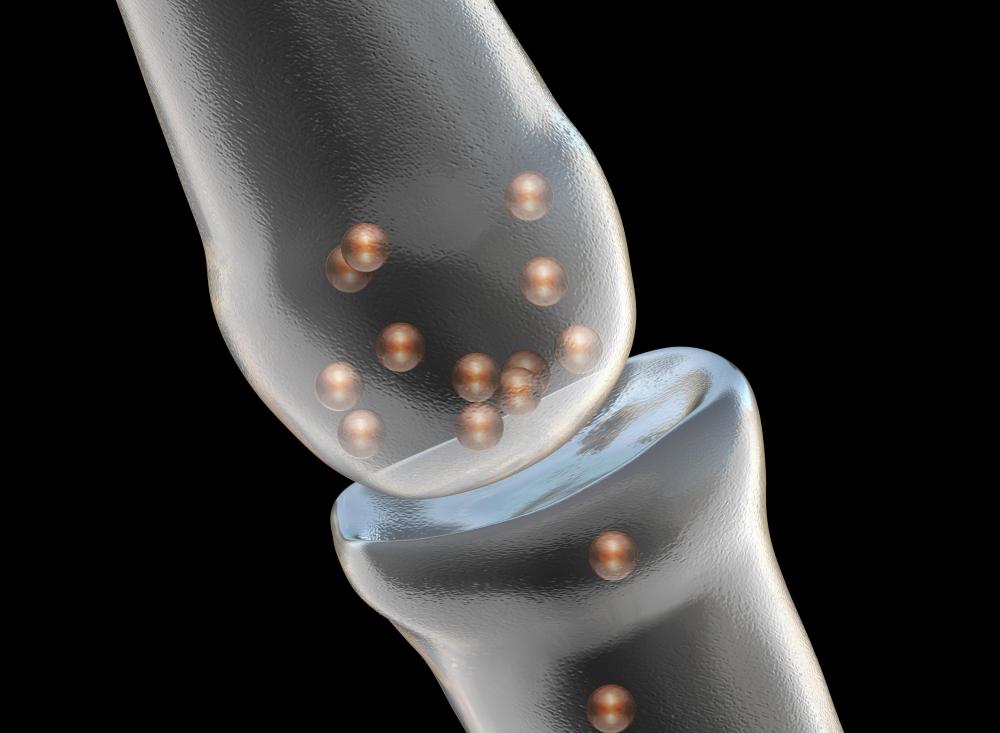At TheHealthBoard, we're committed to delivering accurate, trustworthy information. Our expert-authored content is rigorously fact-checked and sourced from credible authorities. Discover how we uphold the highest standards in providing you with reliable knowledge.
How Does the Brain Work?
The brain is the primary organ of the central nervous system in almost all animals, including humans. It collects information from sensory organs and from the body’s nerve cells, which in vertebrates are linked to it through the spinal cord. Brain cells process this information in order to decide and execute actions, functions they can perform millions of times in one second. In humans, the brain also initiates language, reasoning, and creativity. This organ is the subject of continued study, and some of its functions are still not fully understood.
Like the rest of the nervous system, the brain is composed of nerve cells, also called neurons. Unique among cells, neurons are designed to transmit information among themselves and other cells with electrical and chemical impulses. Neurons have great length for this purpose; a single cell can stretch more than 3 feet (1 meter) in human beings. These cells form a dense network in the brain to transmit and process information rapidly. In primitive creatures, the brain may be no more than a wide spot on the spinal cord. In advanced creatures such as humans, 100 billion neurons combine to create a complex organ weighing more than 3 pounds (1.36 kg).

In humans, the brain has several sections, each of which controls different physical or mental functions. At the top of the spinal column, the brain stem regulates involuntary functions such as breathing and circulation and connects to the spinal cord’s nerves. Nearby structures called the thalamus and hypothalamus deal with pain, the sex drive, and sleep. Motor functions and balance are maintained by the cerebellum, also located at the base of the brain.

The main structure of the human brain is the cerebrum, divided into right and left hemispheres. Much of this structure is composed of millions of interlaced axons, the parts of nerve cells responsible for transferring information. This area, collectively known as white matter, coordinates sensory input, hormone function, and some simple emotions. The outermost layer, the cerebral cortex, deals with complex tasks such as language, memory, and advanced thought or emotion.

The cerebral cortex is composed of neurons. Their gray color in preserved brains inspired the phrase gray matter. Axons from these cells make up the underlying white matter. Any cell or axon can communicate with any other through connections called synapses, electrical signals in the neuron that set off chemical signals, which in turn create other electrical signals in the receiving neuron. This process, repeated millions of times a second over trillions of possible synapses, accounts for the brain’s functioning. The precise details of this functioning are the subject of continuing scientific study.

The human brain is a marvel of complexity, orchestrating a symphony of processes that enable thought, memory, emotion, and bodily functions. Through the intricate interplay of neurons and neurotransmitters, it performs tasks ranging from the mundane to the extraordinary. Maintaining brain health is crucial, and while a balanced diet is key, the addition of the best greens supplement can provide essential nutrients that support cognitive function and overall well-being. By nurturing the brain with proper nutrition and mental exercise, one can help ensure its optimal performance throughout life's journey.
AS FEATURED ON:
AS FEATURED ON:















Discussion Comments
What about insects' brains? An amazing topic for discussion. Students from the university of medicine and pharmacy say the nervous system is the most difficult to study and understand.
@medicchristy: All very interesting, but the question was "how do the brains differ between animals and humans" and not "what is the difference between animals and humans". Not all humans worship higher powers.
Animals certainly do destroy their natural surroundings, and their growth and spread is limited by the availability of food. The grasslands of Africa are created by elephants knocking over trees.
Many animals relate to third parties, dogs and cats for instance, especially when food is offered. Humans definitely have a survival instinct too; very few want to die and most will get out of the way of harm where possible. Try holding your hand to a flame, and see how long it takes for your survival instinct to move your hand out of the flame.
A bit less philosophy and a bit more fact and answering the question that was asked would have been much more interesting.
elephants have funeral rituals. They circle and grieve and cover the deceased with branches.
@CarrotIsland: A human can step back and become a spectator, critic or admirer of the world around him, while an animal can’t. Animals have a survival instinct and a man knows he will eventually die. Humans can relate to a third party, while animals can’t. Animals can only understand simple words or tones, while humans can understand hundreds of different languages. Humans worship a higher power and animals don’t. Humans have funeral rituals and animals do not.
Animals don’t contemplate their reason for living and would never be willing to live or die for specific values and ideas. Humans will ask about life’s meaning and purpose and die for values and ideas.
Humans destroy their natural surroundings and animals do not. Humans can control their thoughts based on what he considers right or wrong. Human can deviate from his course of thinking and living and animals react through instinct.
How do animal brains differ from human brains?
Post your comments